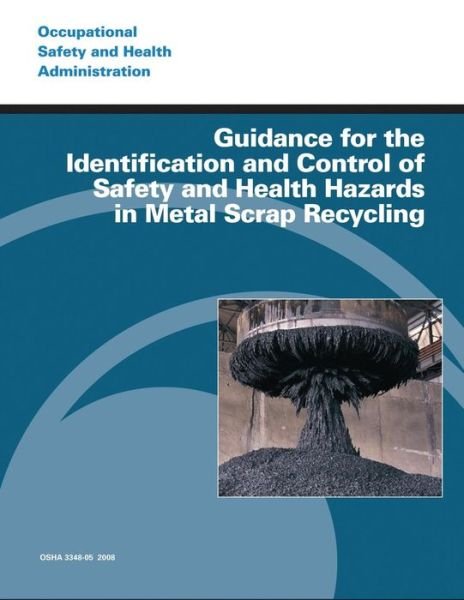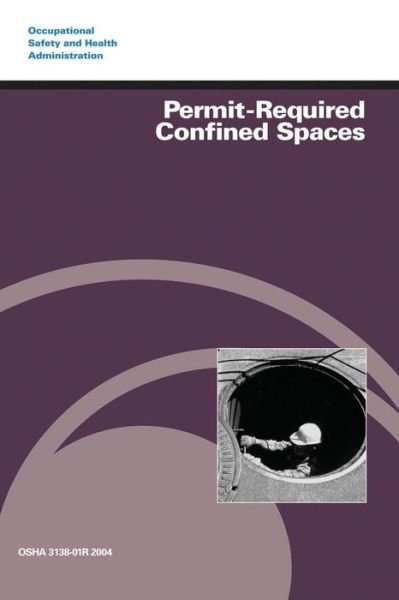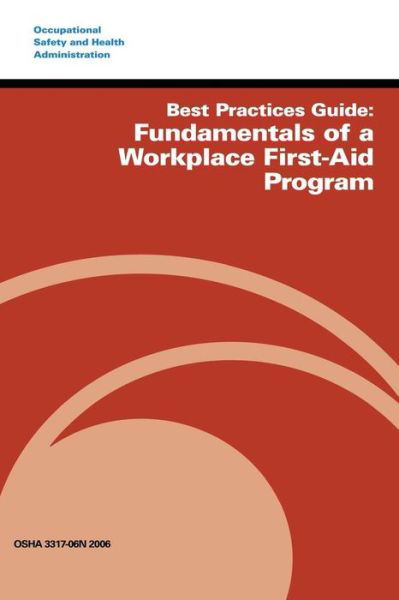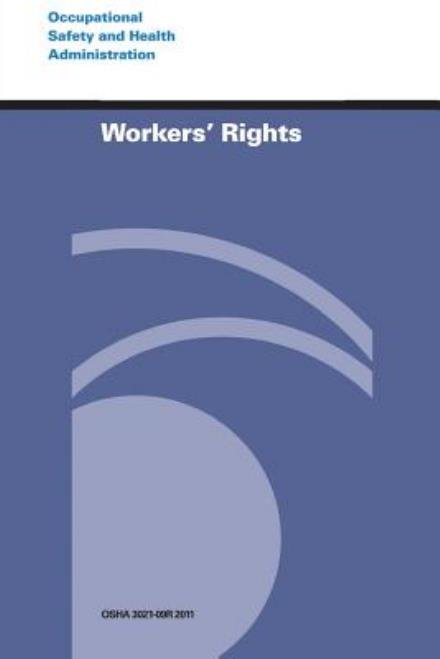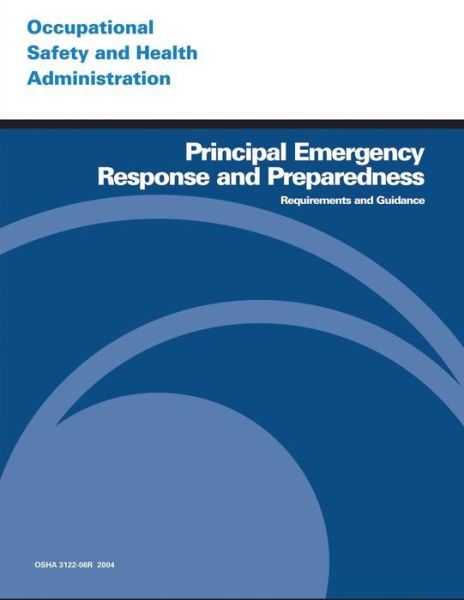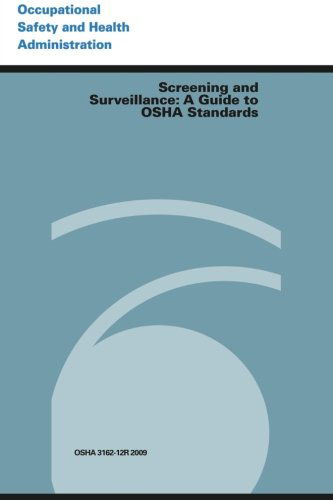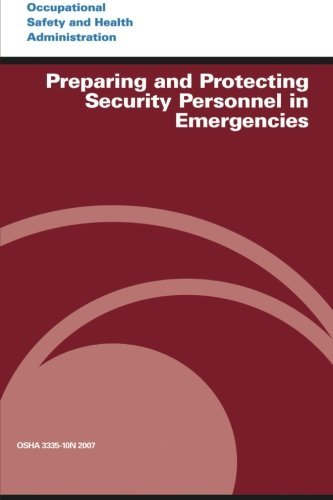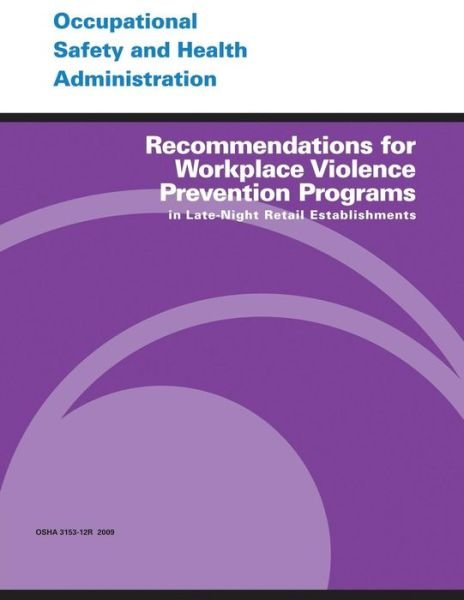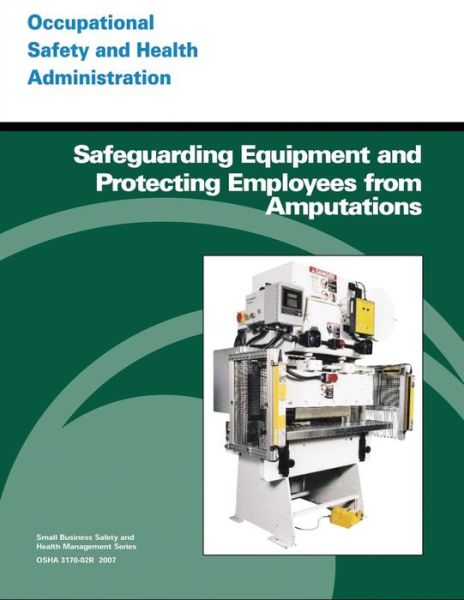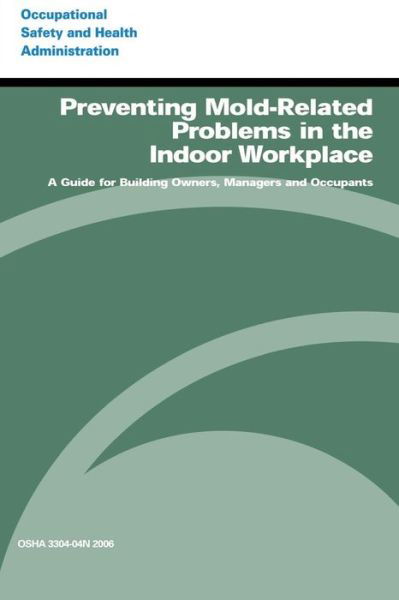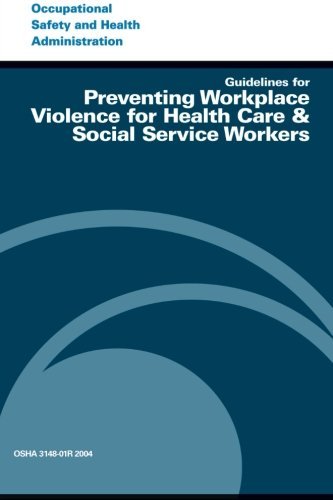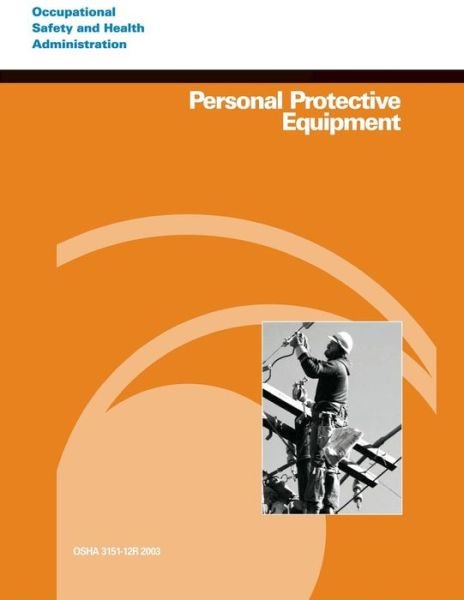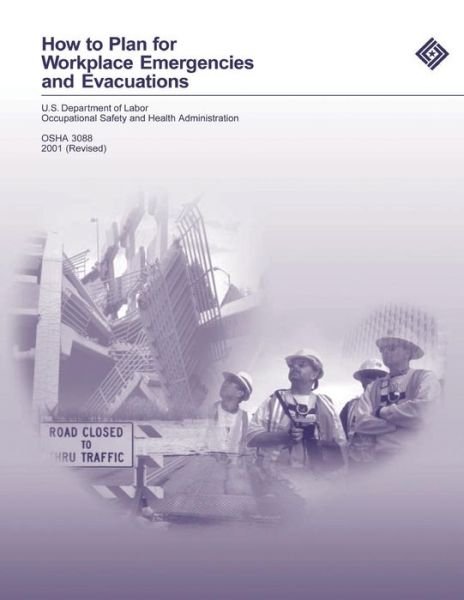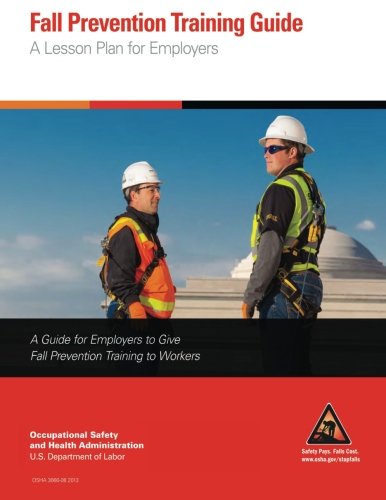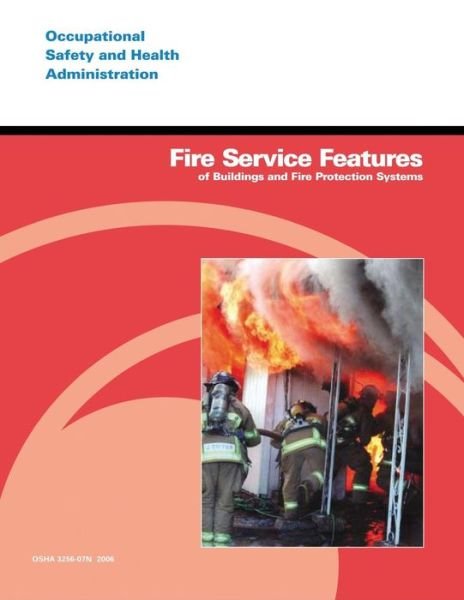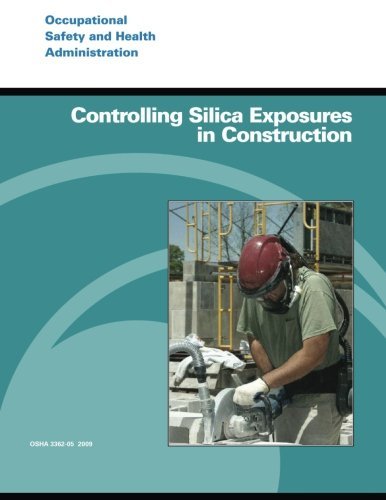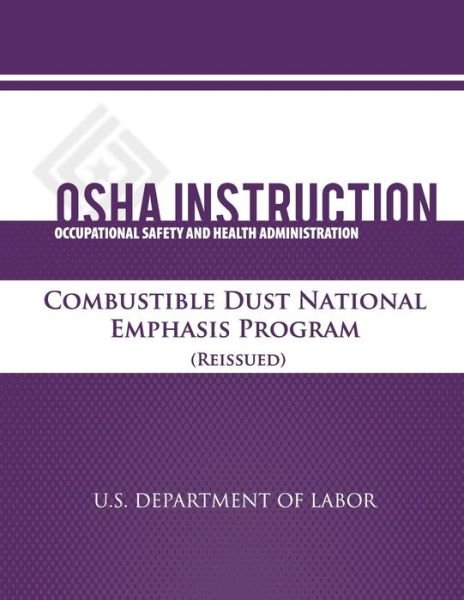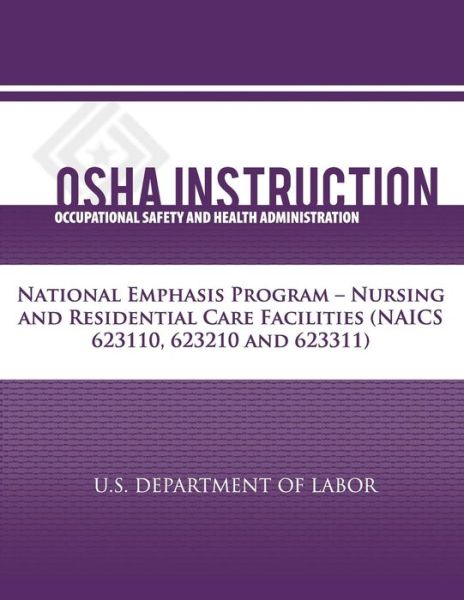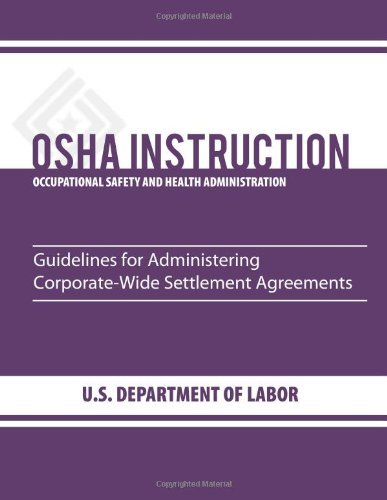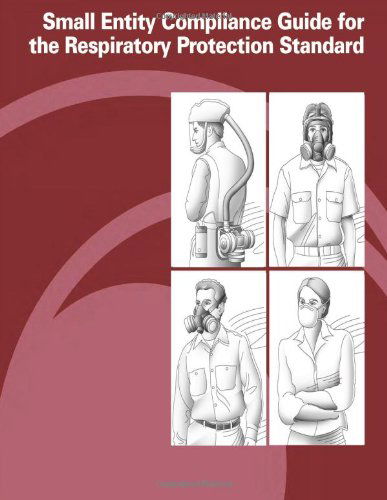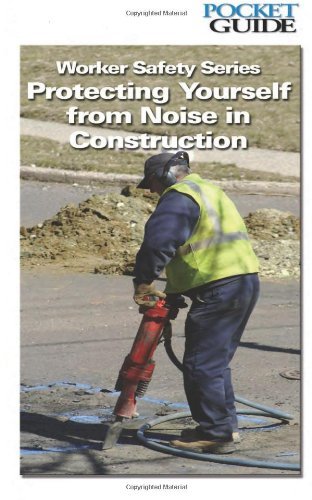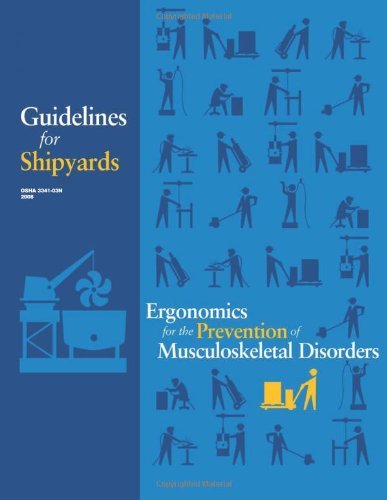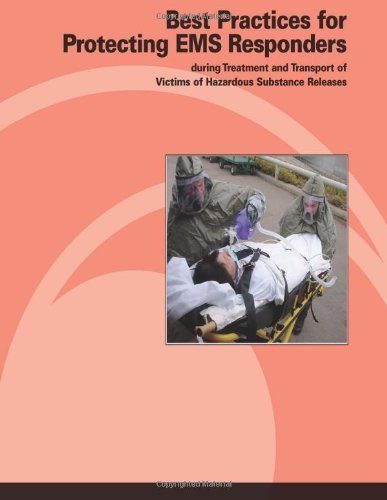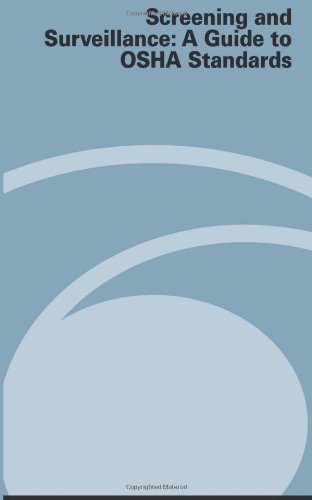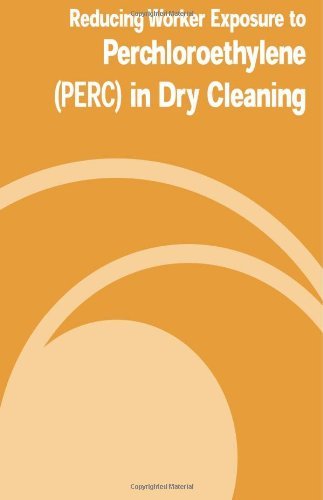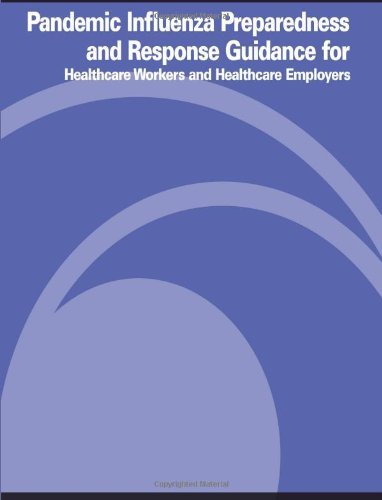
Tell your friends about this item:
Pandemic Influenza Preparedness and Response Guidance for Healthcare Workers and Healthcare Employers
Occupational Safety and Health Administration
Pandemic Influenza Preparedness and Response Guidance for Healthcare Workers and Healthcare Employers
Occupational Safety and Health Administration
OSHA 3328-05R. A pandemic is a global disease outbreak. A flu pandemic occurs when a new influenza virus emerges for which people have little or no immunity, and for which there is no vaccine. The disease spreads easily person-to-person, causes serious illness, and can sweep across the country and around the world in a very short time. It is difficult to predict when the next influenza pandemic will occur or how severe it will be. Wherever and whenever a pandemic starts, everyone around the world is at risk. Countries might, through measures such as border closures and travel restrictions, delay arrival of the virus, but they cannot stop it. An especially severe influenza pandemic could lead to high levels of illness, death, social disruption, and economic loss. Everyday life would be disrupted because so many people in so many places become seriously ill at the same time. Impacts can range from school and business closings to the interruption of basic services such as public transportation and food delivery. An influenza pandemic is projected to have a global impact on morbidity and mortality, thus requiring a sustained, large-scale response from the healthcare community. The 1918 influenza pandemic was responsible for over 500,000 deaths in the United States, while the 1957 and 1968 pandemic influenza viruses were responsible for 70,000 and 34,000 deaths, respectively. More recently, one modeling study estimated that an influenza pandemic affecting 15 to 35 percent of the United States population could cause 89,000 to 207,000 deaths, 314,000 to 734,000 hospitalizations, 18 to 42 million outpatient visits, and 20 to 47 million additional illnesses. In contrast, from 1990 to 1999, seasonal influenza caused approximately 36,000 deaths per year in the United States. A substantial percentage of the world?s population will require some form of medical care. Healthcare facilities can be overwhelmed, creating a shortage of hospital staff, beds, ventilators and other supplies. Surge capacity at non-traditional sites such as schools may need to be created to cope with the demand. It is expected that such an event will quickly overwhelm the healthcare system locally, regionally, and nationally. An increased number of sick individuals will seek healthcare services. In addition, the number of healthcare workers available to respond to these increased demands will be reduced by illness rates similar to pandemic influenza attack rates affecting the rest of the population. Finally, healthcare workers and healthcare resources will also be expected to continue to meet non-pandemic associated healthcare needs.
| Media | Books Paperback Book (Book with soft cover and glued back) |
| Released | June 22, 2012 |
| ISBN13 | 9781478112754 |
| Publishers | CreateSpace Independent Publishing Platf |
| Pages | 100 |
| Dimensions | 216 × 279 × 5 mm · 254 g |
| Language | English |


